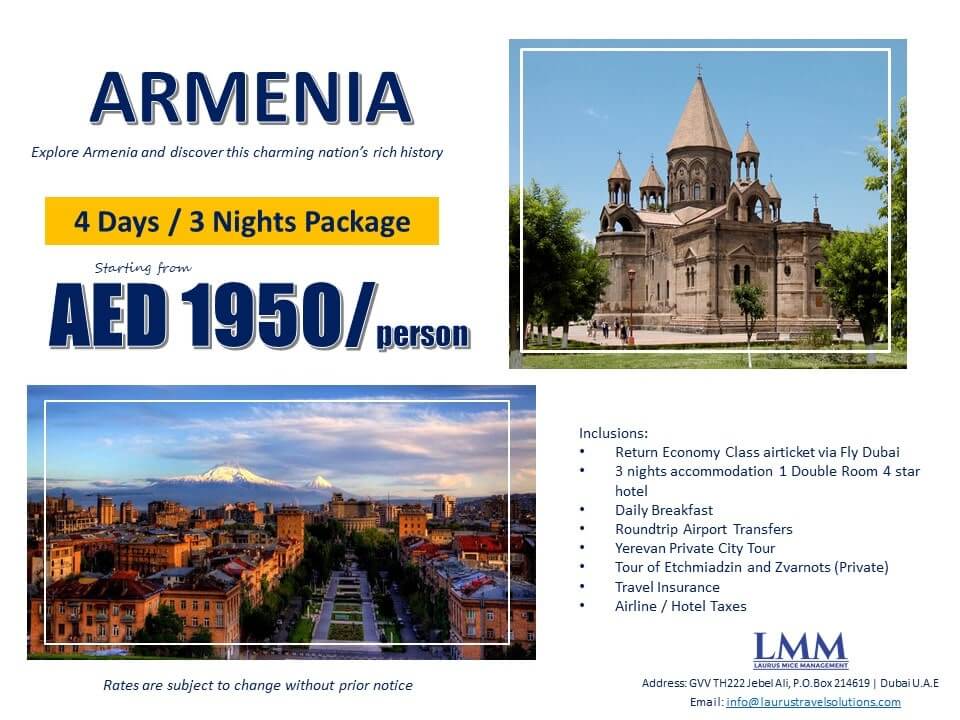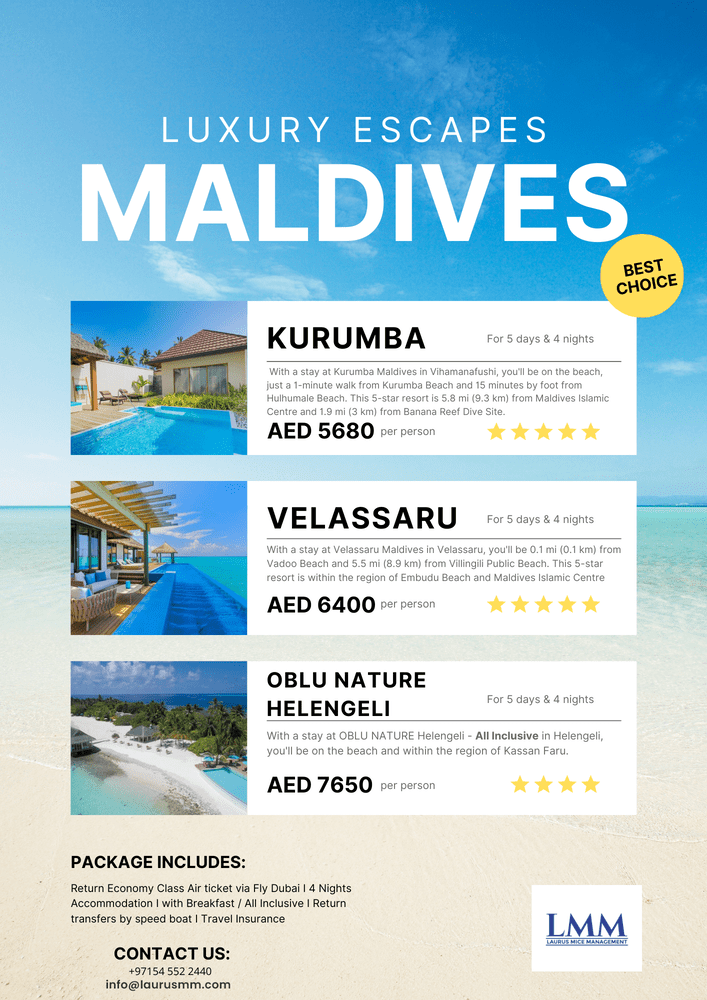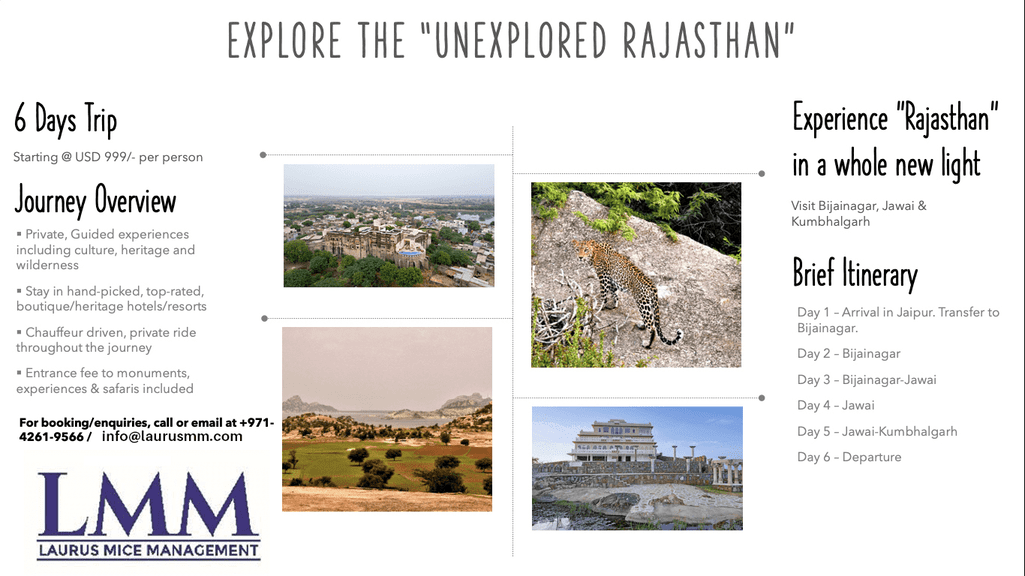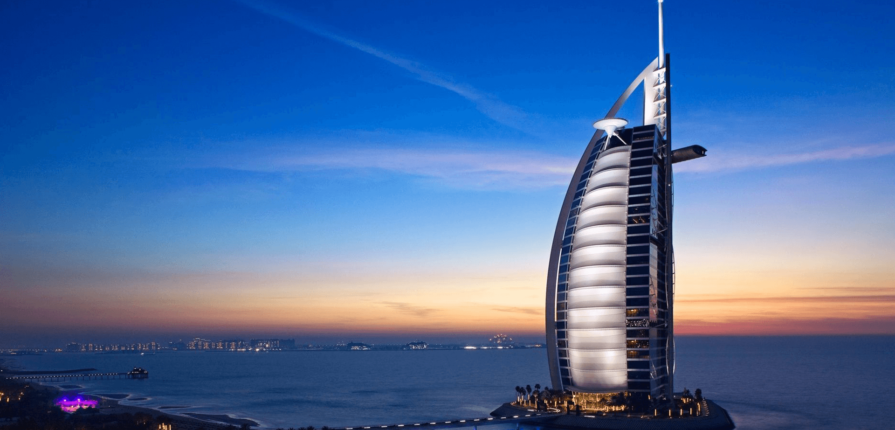As a fast-moving city synonymous with opulent hotels, high-end shopping, ultra-modern theme parks and luxurious beach clubs, Abu Dhabi positively glows, but visits to these temples of indulgence can quickly add up. But if you venture beyond the usual tourist trail, you’ll find yourself rewarded with an abundance of activities that won’t cost anything at all. Here are the best free things to do in Abu Dhabi.

Marvel at the beauty of the Sheikh Zayed Grand Mosque
The immaculate Sheikh Zayed Grand Mosque is one of Abu Dhabi’s must-see attractions and with good reason: not only is it one of the world’s largest mosques, but it’s also one of the most beautiful, with its stunning pure white marble and detailed floral designs inlaid with precious stones. Inside, discover the world’s largest hand-loomed carpet and world’s biggest chandelier handmade with gold and Swarovski crystals. The mosque is free to visit, but to make the most of your time and uncover facts both fun and curious about the opulent detail and designs, join one of the daily tours, which, in the intended spirit of openness and education, are also completely free for all.

Spend a peaceful hour of reflection at Wahat Al Karama
Translating as ‘oasis of dignity’, Wahat Al Karama is a permanent war memorial in honour of the fallen soldiers of the United Arab Emirates. To learn about the fascinating meaning behind this enormous architectural structure, book in at the visitor centre first to register for a free tour. Its sheer size and metaphoric design makes for a poignant commemoration, and it’s well worth a visit even if only to capture on camera one of the best angles of the mesmerising Sheikh Zayed Grand Mosque, whose image is mirrored from across the street in the deliberately symbolic pool of reflection.

Explore the traditions of the past at the House of Artisans at Qasr Al Hosn
Dating back to 1760, the watchtower of the Qasr Al Hosn fort is the oldest structure in Abu Dhabi, and a visit to the on-site House of Artisans showcases the traditional crafts of the UAE and their historic significance in daily life. Follow the story of the past through the multimedia exhibit showcasing photos, tales from locals and live demonstrations of sadu and khoos weaving, talli embroidery and seafarers’ handiwork. Although the fort itself is not free to enter, you can roam the surrounding grounds and landscaped areas for no cost at all.

See a giant 3D outdoor art installation at the Founder’s Memorial
Celebrating the life and achievements of Sheikh Zayed, the founder of the UAE, the Founder’s Memorial offers a peaceful retreat in a busy corner of Abu Dhabi. Start at the visitor centre to get a feel for the memorial from the architect’s vision and initial concept through to the complex build of the unusual design. From there, take a wander through the tranquil landscaped gardens or join a free guided tour and admire the central focus of the piece, known as The Constellation, against an imposing backdrop of some of the city’s most iconic buildings. The Constellation makes for a stunning centrepiece at any time of day but really comes into its own at night when hundreds of light bulbs subtly illuminate a portrait of the sheikh.

See the city’s most beautiful art at the Louvre Abu Dhabi
One of the biggest recent cultural openings in the region, the Jean Nouvel-designed Louvre Abu Dhabi finally started to welcome visitors in late 2017. Light rains through its hole-punched dome, which has already become an icon of the art world. Although the museum galleries are not free to enter, with a little planning it is possible to get under the much-discussed domed roof for free. Free talks and fine art-related movie screenings are frequently held, particularly around the start of new exhibitions. Advance registration is required, but because they are held in the auditorium under the umbrella of the dome, you’ll be guaranteed a clear view of what is arguably the museum’s most famous piece of art.
If all else fails and you’re still keen to get a look at the incredible domed structure without paying for a ticket, the surrounding landscaped waterside park is free for all and makes a beautiful spot for a picturesque stroll.
Visit Abu Dhabi’s oldest surviving souqs at Mina Port
For a taste of how life was before the country’s mega malls arrived, wander around the markets of the Mina Port. Salivate over the freshest dates and traditional sweets (they aren’t free, but these are the best prices in town!), wander over the road away from the port to find the carpet souq selling heavy hand-woven woollen rugs from Afghanistan alongside machine-made faux Islamic-style designs from Europe and beyond. Head back toward the water for the plant market and Iranian souq, the latter notable for its eclectic collection of weird and wonderful kitchenware, Arabic coffee pots and curious household knick-knacks.

Discover the traditional ways of life at the fish market and dhow harbour
While life in the capital has moved on from its humble beginnings, the fish market and dhow harbour offer a rare insight into a more traditional way of life from the days of old. Catch the liveliest time of day inside the covered fish market each morning as the city’s chefs buy their catch for the day’s menu. Watch the hustle, survey the fresh and colourful catch, and from there head outside for a wander along the water’s edge to see rows of dhows docked after a night at sea, while fishermen tend to their nets and lobster pots, hang washing and prepare for the busy night to come aboard their floating homes.

Soak up the atmosphere at one of the oldest sporting events in the country
The early morning rise required during the October to March camel racing season is well worth the effort and brings a whole new meaning to life in the fast lane. Take your place trackside at Al Wathba Race Track, just outside the city, to witness this spectacle of highly prized and surprisingly agile creatures as they charge by at a full gallop. Guided by remote control robots from owners who follow closely at speed in their 4WDs, this race makes for as much of a performance as the camels themselves with scuffles between drivers vying for the best perspective.

Take in the iconic skyline with an amble along the Corniche
Stretching for an impressive 8km along an entire end of Abu Dhabi Island, this waterfront pedestrian pathway takes in manicured gardens, children’s play parks and the beautiful, award-winning public Corniche Beach. Stretch your legs, let the kids run around and take in some of the best views the city has to offer. From the East Plaza to Emirates Palace keep your eyes peeled for Mamsha Al Khair, a series of granite and limestone installations featuring inspirational quotes that are intended to promote community ideals of making a difference, caring and giving.

Peruse an exhibition at the historically significant Cultural Foundation
As a social venue dedicated to the promotion of Emirati arts and literature, the Cultural Foundation opened in 1981, forming the heart of the Abu Dhabi arts community until its closure in 2008. Becoming a heritage landmark in its own right for its fusion of modern and Islamic architectural design, the Cultural Foundation reopened following extensive restorations in 2018 and again plays host to a busy year-round calendar of seasonal art.
Exhibitions focus on promotion of the Emirati fine arts community and examine the history of Emirati artists and their importance in the history of the Cultural Foundation. Panel discussions by artists, scholars, filmmakers and novelists also sit alongside a programme of artist-led heritage workshops and performances. While there’s usually a charge to attend workshops, the building and main gallery spaces are free to enter.
Discover a more personal side of Sheikh Zayed at the Zayed Centre
Much-loved ruler Sheikh Zayed is celebrated in this little-known but quirky museum in Al Bateen. Uncover a more personal side of the man himself with exhibits including the cars he personally drove, his favourite hunting rifles and gifts he was given from all over the world from the quite peculiar to the downright bizarre. Within the same building, small side exhibitions on the country’s police force, postal service and Abu Dhabi Company for Onshore Oil Productions may best be described as slightly left of field but provide commentary on the history and formation of the country.

See the capital’s first defenses at the age-old gateway to the city
The Maqta Bridge is now one of the main arteries transporting people on and off Abu Dhabi Island, but it was once an old sandy single-track gateway to the city. Those who pay attention as they zip past on the modern thoroughfare will notice an old fort, and in the water adjacent, an old defensive watchtower. As examples of the city’s rare and last remaining early fortifications, both structures are more significant in the city’s history than is apparent. At more than 200 years old and providing an imaginative insight into defending a city from bandits and the raw nature of life in the desert, they are worthy of a brief jaunt around the outside. Literary buffs will be interested to note that this is the watchtower much photographed and recounted in Wilfred Thesiger’s Arabian Sands. Al Maqta Fort is undergoing restorations and looks set to become the home of a new Abu Dhabi Police Museum.
Listen to music from the oldest stringed instrument in the world at Bait Al Oud
Not be confused with the oud that refers to fragrance, the oud is an ancient Arab stringed instrument, similar in shape and style to a lute and is recognised as one of the oldest stringed instruments in the world. Whilst Bait Al Oud commands a small entry fee for a tour around the workshop where the instruments are painstakingly handmade, the centre also organises regular free concerts both from recognised oud musicians and from its own graduating talent. The concerts are usually held at Manarat Al Saadiyat, so check the events schedule during your visit.

Glimpse the future at the UAE’s sustainable, low-carbon community at Masdar City
Anyone with an interest in sustainability or architecture will enjoy an hour or two spent wandering this beautiful low-carbon, sustainable development. Download a copy of the visitor’s map from the Masdar website and head out on a self-guided tour of this collection of the most environmentally sound and architecturally stunning urban design around. Check out the visitor information area for an insight into the Masdar sustainable master plan, take a ride on the dinky but novel on-demand electric-powered driverless single cabin Personal Rapid Transit system (a world first), or have a seat and take it all in on a low carbon bench. You can keep cool outdoors at any time of year around the modern interpretation of a traditional Arab wind tower and charge your phone at a solar-powered park bench in the neighboring green spaces of Masdar Park.

Pet a prized pooch at the Arabian Saluki Centre
Important for their role in traditional Bedouin heritage as hunting dogs, today Saluki dogs are still highly valued beauties, and the sparse but rewarding Arabian Saluki Centre provides an opportunity to get a close look at these elegant hounds. Although the dogs are still trained to hunt, in today’s society they are more familiar with beauty contests and races, with the best dogs commanding up to Dhs400,000 (US$109,000) per competition in prize money. Dog lovers will relish the chance for a cuddle with a prized puppy and those who arrive first thing may be lucky enough to catch these elegant and skilled creatures in action at the tail end of their outdoor exercise.

Explore life in the desert before the oil boom at Abu Dhabi Heritage Village
Modelled on a traditional oasis village, the Abu Dhabi Heritage Village is the place to find out what life in the desert was like before the discovery of oil. Find out how palm trunks and fronds were turned into huts, see how the Bedouin lived in traditional goat-hair tents and how the ancient irrigation system of falaj – still commonly used today – waters the crops. Numerous huts and cottages throughout show off the traditional skills of glass blowing, pottery, weaving and spinning.
Browse traditional treasures at the Miraj Islamic Arts Centre
Part art gallery and part museum, the Miraj Islamic Arts Centre is a great place for art and antiques enthusiasts to see some shining examples of Islamic art in the form of jewellery, textiles, hand-finished furnishings, calligraphy, vases and sculpture. Much of the displayed collection is available to purchase if you don’t mind the out-of-this-world price tag. Thankfully, looking is free, but for those who do have a few pennies to spare, head for the faux souq-style shopping before the exit where you’ll find more down-to-earth high-quality souvenirs for purchase (many of which are hard to find elsewhere in the city) and in a much more reasonable price bracket.

Walk or cycle the iconic Yas Marina Circuit
The Abu Dhabi Grand Prix is a highlights on the city’s calendar, and as the final race of the season in the global Formula One Grand Prix competition, going trackside comes at a steep price. For a view of this revered racetrack from a perspective usually seen only by racing drivers, register for free online to join the weekly Train Yas event every Tuesday evening and choose to either walk, run or cycle the iconic track. Cyclists should arrive promptly at 6pm– as 400 bikes and helmets are provided free on a first-come, first-served basis.
Get active at Hudayriat Beach
Just over the behemoth six-lane Al Hudayriat Road bridge lies the capital’s newest beach development. Hudayriat Beach is an open stretch of sand focused on the active life, with a full calendar of seasonal sporting events, though there’s plenty of room for just relaxing as well. A giant car park indicates the expectation of crowds, though the beach is, for now, less frequented than other more established strands in the capital. Outside of the heat of the day, short loops along with 5km and 10km running, walking and cycling tracks make Hudayriat a popular spot for the energetic.
Dance the night away at Empire Yas
Inside the architecturally striking Yas Hotel, the Empire Yas night club literally bridges the Yas Marina Circuit with the racetrack running directly underneath the venue. Aside from its extravagant location, one thing you can be sure of at Empire Yas is a good time that doesn’t cost the earth. Arrive between 10pm and midnight from Monday to Friday for free entry and dance your socks off until well into the wee hours. As one of the capital’s must-do nightclubs, Empire Yas is also one of the most affordable (at least for the women anyway), with free house drinks all night for ladies on Mondays, Wednesdays and Fridays.

Walk on the wild side in the UAE’s first globally protected nature area
The first nature and wildlife spot in the UAE to be placed on a global list of protected areas, Al Wathba Wetlands is at first glance a seemingly unimpressive 5 sq km spot on the outskirts of the city. But as home to countless species of native birds, plants and animals, the wetlands are worth your time. Pick up a free Reserve Field Guide from the rustic visitors’ hut and head out on one of two signposted tracks.
A short 1.5km route will take you through dusty bush lands where the eagle-eyed can spot lizards, desert hyacinths, geckos, beetles, foxes, hares, butterflies and more, but if it’s Abu Dhabi’s flamingo season, take the longer 3km route, which passes the waterside bird hide. Between autumn and spring you can catch up to 4000 of these long-legged beauties honking and plodding about the groves.
Be a beach bum at Al Bahar
A new beachfront development located on the Corniche, Al Bahar acts as both a destination in its own right and as a venue for seasonal festivals and events. Relax on the lawn for a spot of people watching, get closer to the water with a meander along the beachside boardwalk or get active in the public open-air gym. It’s also the place to catch the best free view of the annual Red Bull Air Race each February. Football fans should grab a bean bag and bond with the locals over your favourite team – Premier League live screenings run throughout the season.

Stroll along the water’s edge at the Eastern Mangroves National Park
Running from the Eastern Mangroves hotel development a long pedestrian walkway extends its way towards the city alongside blue-green waters and a protected mangrove national park, the largest of its kind in the UAE. Despite running parallel with one of the busiest city thoroughfares, the paved promenade is a pleasant place to enjoy verdant scenery and spot fish, herons, crabs and even the occasional turtle or dolphin.
Enjoy a tranquil moment at quiet Al Bateen Beach
Located on the west side of Abu Dhabi Island, Al Bateen Beach is one of the city’s lesser-known shores but is highly regarded for its picturesque and peaceful nature. Sit by the clear waters and wonder at the nearby Hudayriat Bridge, a megastructure crossing the water to the enormous but so far uninhabited Hudayriat Island. It’s a low-key and relaxed spot for a walk along the white sandy beach, and as one of the quietest sandy spots in the city, there’s a good chance of being alone with just your thoughts for company, particularly on weekdays.

Entertain or be entertained at Manarat Al Saadiyat
A community centre devoted to arts and culture, Manarat Al Saadiyat hosts numerous seasonal exhibitions throughout the year, and this arty space also provides a home for creativity in the form of free talks, workshops and performances across a range of genres from photography to film, fine art, dance, drama, amateur open mic nights and everything in between. It’s also home to the regular ‘Rooftop Rhythms’ event, a community-run, poetry-led open-mic night that has gained a huge following. Expect the unexpected from a diverse range of mostly free arty offerings.
Discover the thriving local art scene at Warehouse 421
If it’s art of the region you’re looking to see in Abu Dhabi, head to Warehouse 421 in the Mina Port. Themes in this converted warehouse change quarterly and focus on art produced by Emiratis or works where the United Arab Emirates is the subject. Whatever your artistic leaning, there’s always something to see, as the exhibitions tend to be curated to display a range of media including sculpture, photography, conceptual art and textiles alongside the more traditional fine arts. In addition to the exhibition spaces, book readings, talks and film screenings form the mainstay of the free programme.
Uncover the memories of a country at the National Archives
The National Archives preserves and documents materials relevant to the history and heritage of the UAE, but outside of the extensive academic research facilities, it’s the Sheikh Zayed Bin Sultan Hall that provides the most interest for the general public. This small exhibition may initially look a bit bland, but bear with it to uncover curious lesser-known facts about the UAE dating from the Portuguese era in the 1500s, the Dutch foothold of the 1600s and the British era that followed until 1971. Within a documentation-led display, you’ll find details on the first single Gulf currency, proposals for the country’s earliest flags and a fascinating testimony to the personal character of the founder of the UAE, Sheikh Zayed Bin Sultan Al Nahyan.
More intriguing and amusing documentation displayed includes frank reports on the developments and changes seen by visiting diplomats in the country and a rather humorous account from the American consul of a visitor’s first impression of Abu Dhabi and the daily chaos encountered on the streets and at the single hotel in the city at check-in time.

Discover the value of a trading history at the UAE Currency Museum
Housed inside the UAE Central Bank, this little-known treasure charts a history of the UAE from an unusual angle, one devoted simply to currency. In what initially may appear on the surface as a rather stuffy and dull display, rows of glass cases reveal a rarely told history with coins and notes from long before the union of the country right up to today. From old Islamic coins to Indian rupees, Bahraini dinar, and Saudi and Qatari riyal are all currencies that have been used at one time or another in the country and can be seen in the exhibit.
Delightful highlights include printed rolls of banknotes before cutting for distribution, tools used to mint coins, old counting and sorting machines and surprisingly intricate detail on the complicated anti-fraud measures used in the country’s modern currency. Although open to the public and free to enter, as a fully functioning central bank and industrial mint, the museum is located behind the building’s security, so calling ahead for an appointment is required.
Enjoy modern life in the city at a beach and skate park
A new addition to Abu Dhabi, Reem Central Park is a modern, landscaped urban park that is completely free to enjoy. Stroll along the beach, catch the hourly dancing fountain show or get active on the outdoor gym equipment and the multi-purpose sports courts. There’s also loads to keep the kids entertained with a large shaded skate park cleverly designed to make use of the space under an overhead road bridge, plus water features for a good shallow splash-about and multiple play areas.












